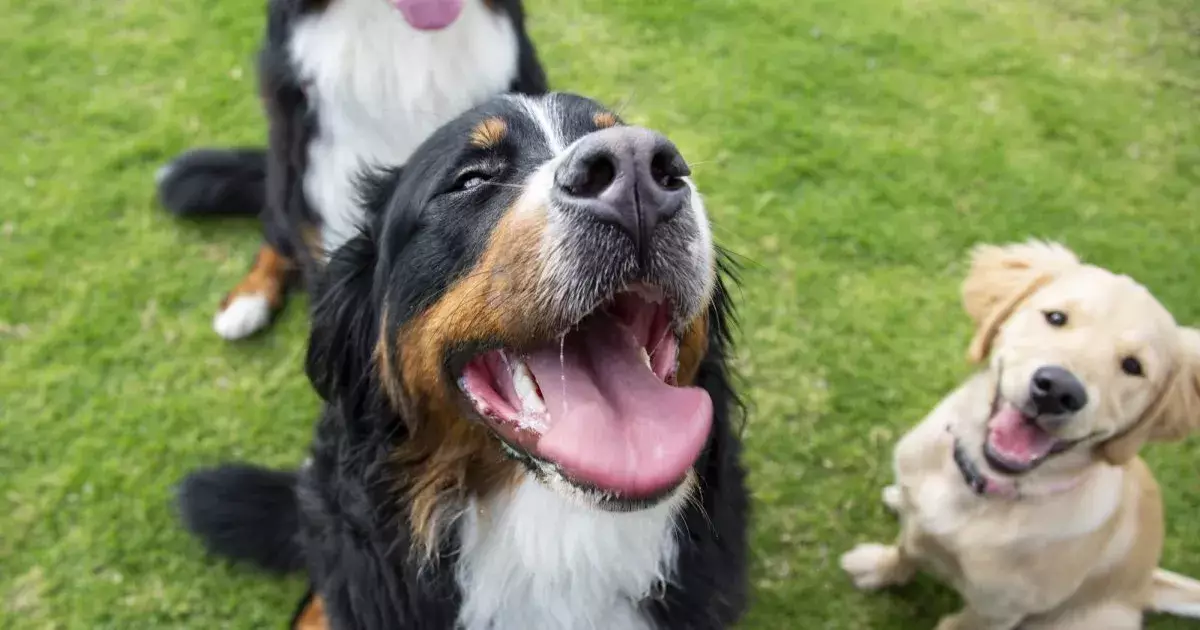Visiting a dog park can be one of life’s simplest pleasures for both dogs and their owners, offering a space to socialize, exercise, and enjoy the outdoors. However, along with the joy of outdoors comes the complexity of social interaction—between dogs and their humans. Understanding the common dilemmas that arise can enhance the experience for everyone involved. This article will delve deep into dog park etiquette and the responsibilities every owner should embrace to ensure a positive environment.
Dog parks are not merely open spaces for dogs to run; they are community areas where social etiquette and mutual respect are paramount. When witnessing an undesirable situation—be it a rude dog or an inattentive owner—the first step is to maintain composure. Frustration can escalate problems, creating an atmosphere of tension rather than camaraderie.
For example, if you spot a dog owner neglecting to clean up after their pet, rather than confronting them aggressively, try a gentle approach. Saying something as simple as, “Excuse me, but it seems your dog has left a little surprise!” can convey your observation without arousing defensiveness. This not only fosters better relationships but may also instigate a change in behavior.
While some dog owners may display poor practices, it’s essential to tread carefully before stepping in. Each dog is a reflection of its owner (to some extent), and critique can be unwelcome. If a dog is displaying undesirable traits, such as jumping on others, consider taking the opportunity to share insights rather than criticism. For instance, rather than chastising the owner, you might say, “I’ve found that teaching a ‘sit’ command at home has worked wonders for my dog!” This approach encourages dialogue rather than defensiveness, allowing for shared learning experiences.
However, there are instances where intervention becomes a moral obligation. If a dog is in clear danger—either due to aggression from another dog or possible injury—it’s critical to prioritize the safety of all canines involved. Don’t hesitate to contact park authorities or animal control, as this could prevent severe incidents.
As owners, it’s also our responsibility to model desirable behavior for our furry companions. If your dog misbehaves, even slightly, like snatching treats from another dog’s owner, a gentle reprimand should be employed. Using a calm but firm tone reinforces boundaries without creating a stressful environment for your dog or others.
Conversely, should another owner reprimand their dog too harshly, it is acceptable to intervene with a polite counter. A simple “Thanks, I’ve got this,” can diffuse the situation and redirect your dog elsewhere, fostering a more welcoming atmosphere for everyone at the park.
Though some dog parks may have their well-established clans, this shouldn’t deter newcomers from engaging. Establishing connections with fellow dog owners can lead to new friendships, providing not only socialization for dogs but companionship for humans as well. If you’re feeling left out, consider inviting a few regulars for a casual gathering away from the park. Sharing stories about our pets can breed understanding and foster a sense of community.
Creating a culture of positivity in the dog park is not merely about adhering to etiquette; it’s about building a supportive network of pet lovers. Understanding each other’s challenges and successes can make your time at the park more enjoyable.
Dog parks are invaluable spaces for dogs and their owners, blending exercise, socialization, and entertainment. By implementing thoughtful practices—like gentle interventions, constructive conversations, and community building—you can foster an environment that benefits everyone. These simple actions can turn a challenging situation into a teachable moment, enhancing not only your experience but the experiences of everyone who shares that space. In the end, a little effort in embracing good dog park etiquette can go a long way in nurturing a healthy and pleasant atmosphere for all.

